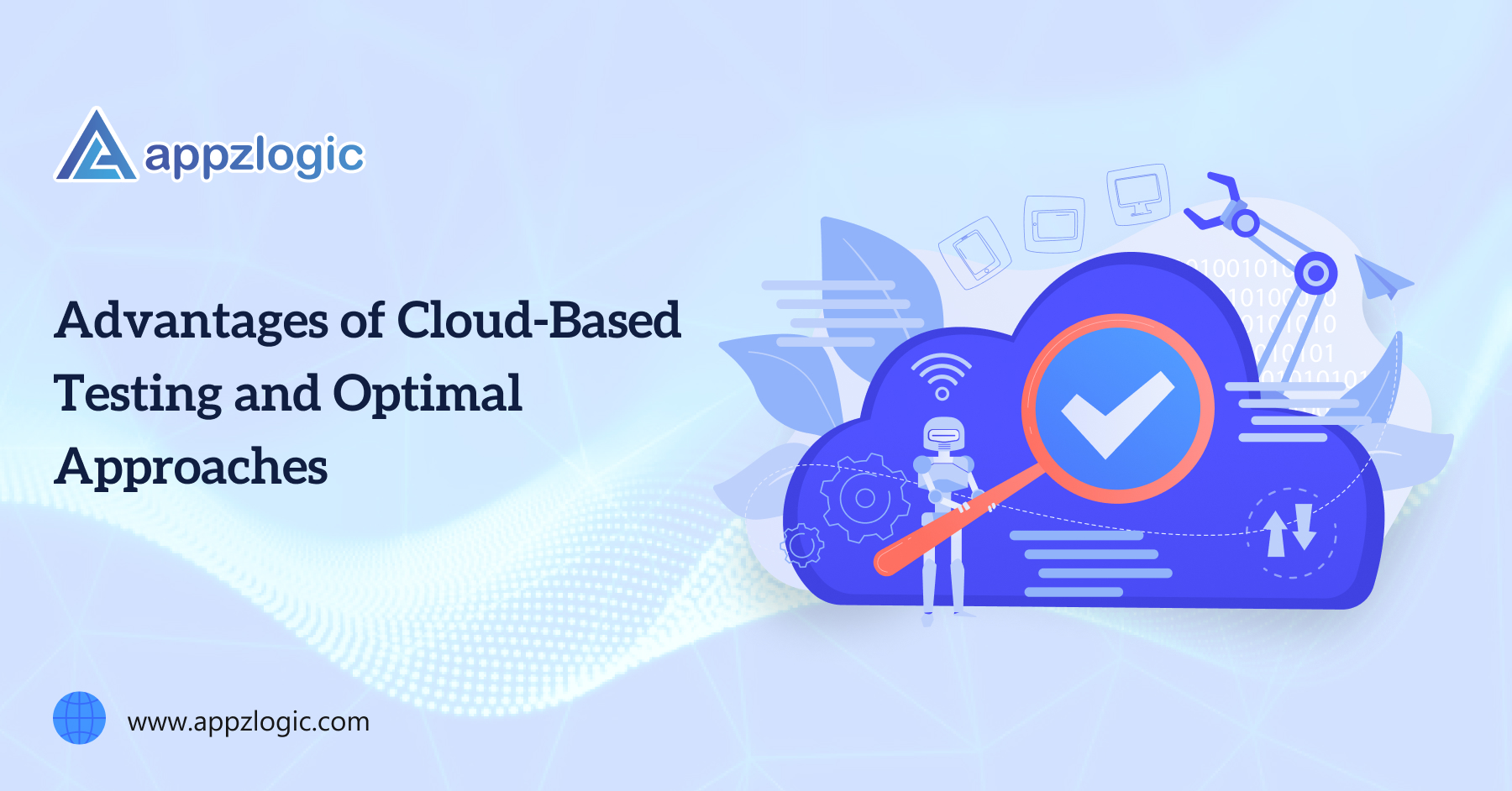Introduction
When you consider all the wonderful things you can do in the cloud without any difficulties, you realize how awesome it is. The fundamentals of cloud computing underlie the entire internet environment. Statista projects that by 2025, the global market for cloud applications would be worth 168.6 billion US dollars. A few years ago, the term “virtualization” became popular in the marketplace. From there, it progressed, evolved, and eventually took the form of “Cloud computing.” The quality of everything that is rendered in the cloud environment has been ensured through cloud testing, which may have included both manual and automated testing. What then is a cloud actually?
What exactly is the cloud?
One of today’s fundamental needs is the cloud. You can access materials online with the aid of servers spread out over the globe. Usually, the cloud is what it looks like. Users are spared the agony of maintaining their own physical servers and running all of their applications on their devices. Furthermore, you may access your files and tools from any device that is cloud-synchronized, which will help you free up local memory.
How does cloud testing work?
Cloud testing essentially enables you to test your software in the cloud. This entitles you to use your full testing infrastructure for web and application testing in the cloud. Cloud infrastructure simplifies cross-browser testing. Automated test scripts can be run on the scalable cloud grid using cross-browser cloud testing services provided by cloud-based platforms.
Thus, cloud testing uses fewer resources, including time, money, and labor participation. This is especially significant for IT organizations who have a limited quantity of resources, hence alleviating the load of the manual testing procedure. Three categories can be used to broadly classify cloud testing.
- Testing cloud resources: In this case, the cloud is viewed as a separate entity, and its resources, including performance and functionality, are used for testing. These methods entail testing PaaS (Platform as a Service) and IaaS (Infrastructure as a Service) offerings from the cloud provider. Tests for disaster recovery, scalability, and data privacy may be done in this procedure.
- Evaluating cloud-native software: This relates to testing a company’s cloud-based SaaS (Software as a Service) products.
- Using cloud-based testing tools for software: Here, QA testing methods are carried out by testing teams using cloud-based solutions. Using automated scripts on the cloud grid, LambdaTest assists you in testing your websites and applications. Additionally, you may perform live testing on genuine online browsers using our cloud testing platform.
What Advantages Do Cloud Tests Offer?
The following are some advantages of cloud testing:
- Cost-effective: The cost-effectiveness of cloud testing compared to more conventional ways of app testing is mostly due to the fact that users only pay for the resources they actually utilize.
- Availability: Resources may be conveniently accessible anywhere and from any device if there is a network connection. As a result, the QA testing process is fully free of any physical constraints like location. Additionally, due to the built-in collaboration features available, testing teams may work together in real-time to complete the cloud testing process.
- Scalability: The ability to scale up or down computing resources in accordance with the needs of the testing method is a feature of cloud testing.
- Faster testing procedure: Traditional testing methods are substantially slower than cloud testing approaches. This causes the marketing process to start more quickly.
- Recovery after a disaster is significantly easier: The cloud makes disaster recovery operations easier than they are for conventional techniques. Cloud disaster recovery (CDR) is a service that businesses can use to recover important data in the event of an accident, such as a data breach. Remote file access is done in a secure virtual setting. This eliminates additional complications and makes disaster recovery a very straightforward approach.
Conclusion
Developers are in charge of creating websites and programs that must pass testing before being made available to end consumers. Consequently, it is vital to carry out the testing in a real-world ecosystem.
However, it would be expensive and ineffective to set up a device lab with thousands of devices. As a result, cloud testing companies are equipped to enable device and browser compatibility testing.
However, one should be aware of the devices and browsers being given before selecting a cloud testing partner. To make sure the cloud infrastructure is long-term secure, dependable, quick, and cost-effective overall, extensive study should be done.




